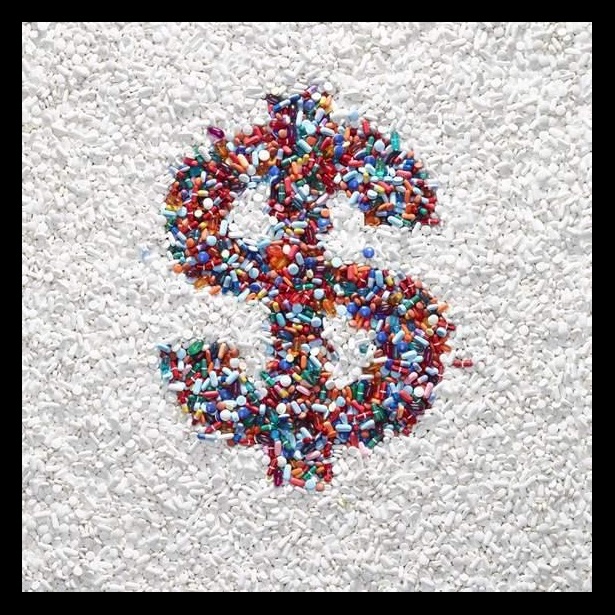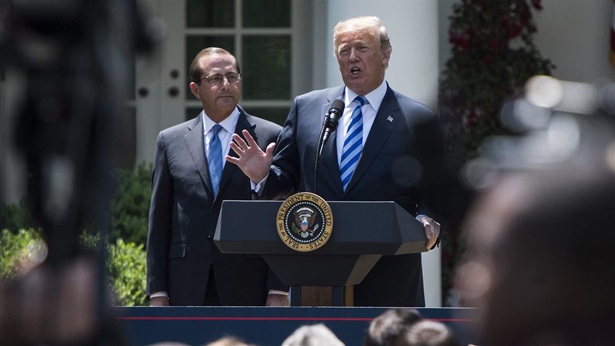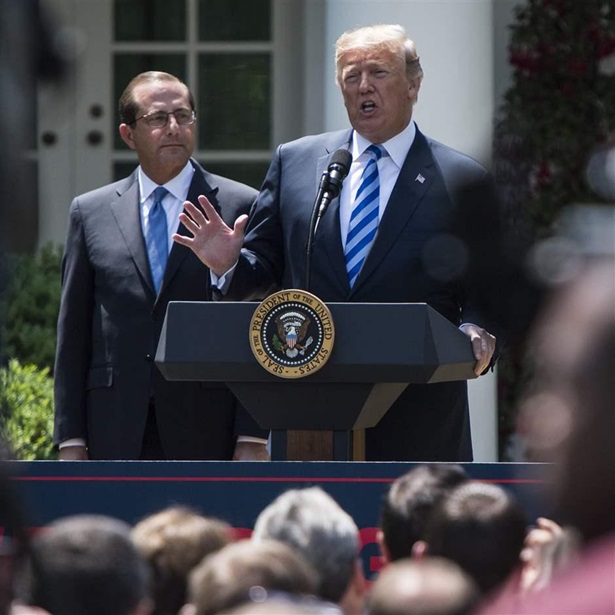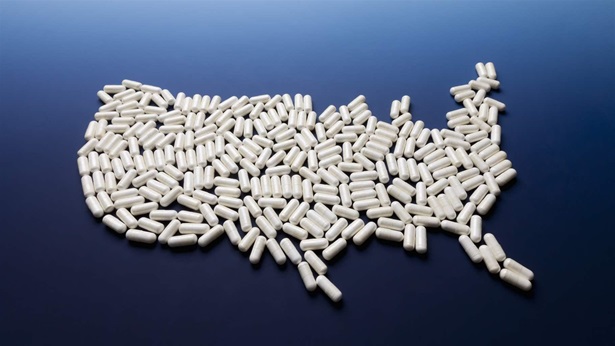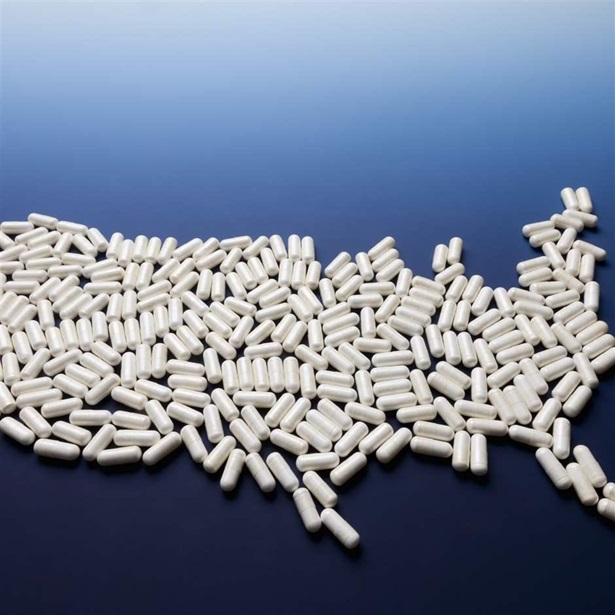Annual spending on prescription drugs exceeds $450 billion and is projected to outpace growth in other parts of the U.S. health care sector over the next decade. The Pew Charitable Trusts’ drug spending research initiative examined the underlying drivers of rising prescription drug costs and identified policy options to better manage spending on these products.
Patients bear the burden of rising pharmaceutical costs in several ways, including higher insurance premiums and increased out-of-pocket costs, which can limit access to needed therapies. Taxpayers are also affected by spending increases in public programs such as Medicare and Medicaid.
Multiple factors drive these growing costs. Historically, the U.S. health care sector has tended to adopt drug therapies when they provide additional clinical benefit compared with existing treatments, independent of the cost of the product. A growing share of therapies entering the market are expensive pharmaceuticals designed to treat complex, chronic conditions such as cancer and autoimmune diseases. These products, known as specialty drugs, make up over 40 percent of drug costs but account for less than 2 percent of all prescriptions.
Brand-name drugs that do not yet face generic competition also contribute to rising drug spending, with prices for many drugs increasing year after year, including products with multiple therapeutic alternatives.


